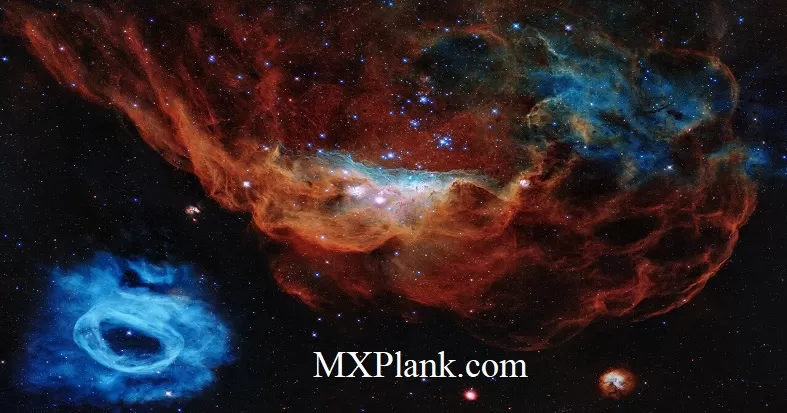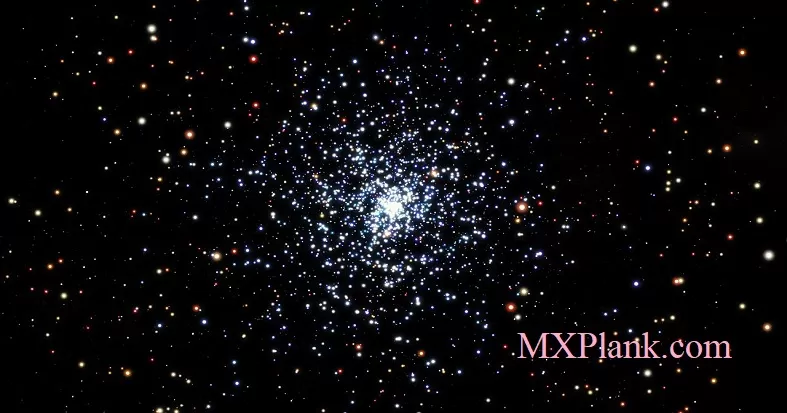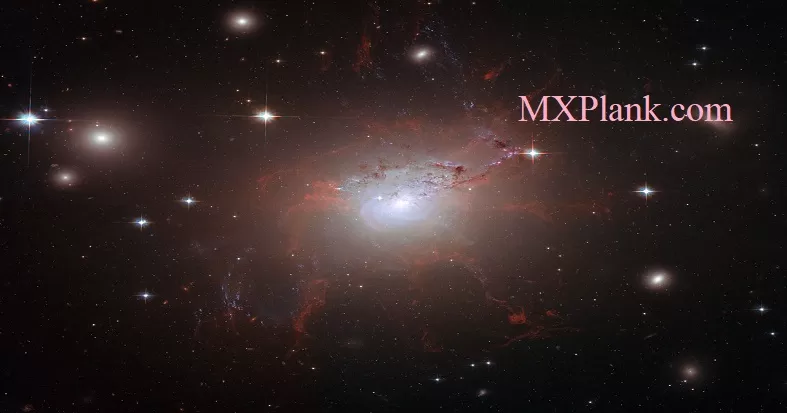Hubble spies eight green filaments lit up by past quasar blasts

This image shows the winding green filaments observed by the NASA/ESA Hubble Space Telescope within eight different galaxies. The ethereal wisps in these images were illuminated, perhaps briefly, by a blast of radiation from a quasar - a very luminous and compact region that surrounds a supermassive black hole at the centre of a galaxy.
In each of these eight images a quasar beam has caused once-invisible filaments in deep space to glow through a process called photoionisation. Oxygen, helium, nitrogen, sulphur and neon in the filaments absorb light from the quasar and slowly re-emit it over many thousands of years. Their unmistakable emerald hue is caused by ionised oxygen, which glows green.
The Hubble team found a total of twenty galaxies that had gas ionised by quasars; those featured here are (from left to right on top row) the Teacup (more formally known as 2MASX J14302986+1339117), NGC 5972, 2MASX J15100402+0740370 and UGC 7342, and (from left to right on bottom row) NGC 5252, Mrk 1498, UGC 11185 and 2MASX J22014163+1151237.
Credit:
NASA, ESA, Galaxy Zoo Team and W. Keel (University of Alabama, USA)






